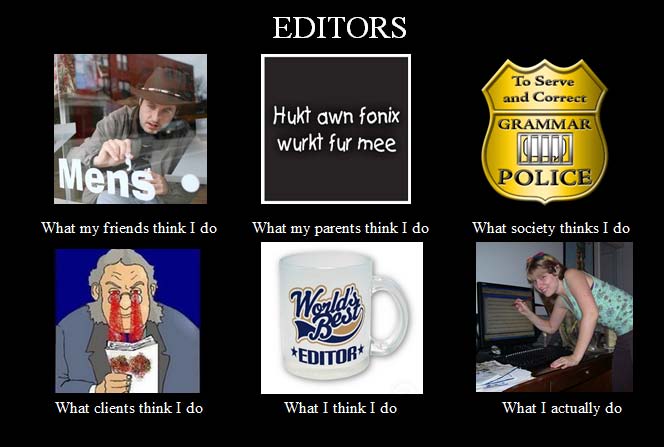Brian Carroll’s Writing
for Digital Media devotes an entire chapter to “Getting It Right: Online
Editing, Designing and Publishing.”
The chapter opening proclaims, “online publishing is not at
all like editing for print, at least in terms of job responsibilities,”
(120). Luckily for us, Carroll
lays out eight key points to step-by-step edit online.
- Identify the readers and the purpose of the content: Focus mainly on the needs of the reader
- Define document structure and links: Make sure the website is easy to navigate
- Define the style: Use templates and keep it consistent
- Edit: Editing chunks of randomly spread information is more effective than reading start to finish
- Copyedit: Search diligently for typos and misspellings
- Copyedit (again!): Utilize other sources this time, such as dictionaries, stylebooks, or encyclopedias
- Write headlines: Headlines are necessary for quick skimming and finding useful information
- Test usability: Navigation should be easy and make sense for your content
Another concept Carroll dives into is multimedia
storytelling. The two necessary
skill sets for editors include XHTML coding and being proficient in multimedia
(128). These two ar
e most
important when it comes to telling your digital story, but the Poynter
Institute’s Eyetrack studies reveal four succinct characteristics of first-rate
multimedia presentations (129).
1.
Short is better.
2.
Interactive is better.
3.
Personal (or local or hyperlocal) is preferred.
4.
Navigability is central.
So, can you think of
any well-designed webpages? Which characteristics make it that way?

No comments:
Post a Comment